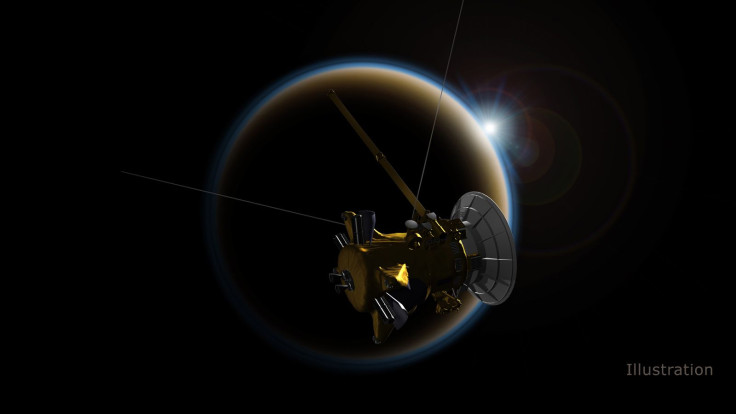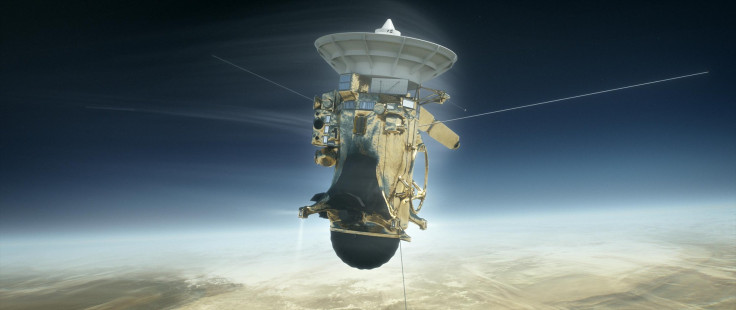When Will Cassini Mission End At Saturn? Grand Finale Video Available

The Cassini spacecraft is in its final 24 hours of space exploration as it travels to its death in Saturn’s atmosphere. The craft, that launched in 1997 after nearly a decade of planning, is running out of fuel and needs to be disposed of properly in a way that doesn’t risk contaminating the moons of Saturn.
To accomplish this final mission goal, researchers have put Cassini on course to speed into Saturn’s atmosphere where it will burn up, much like a meteor would burn up in Earth’s atmosphere. The track was planned and well underway just a day before the craft was scheduled to plunge to its death.
Before it’s final plunge, Cassini completed several months of close dives between Saturn and its rings to examine their composition. On July 6 the craft got its closest and best quality photo of the rings to date. NASA shared these photos last week.
The craft also conducted its goodbye kiss of Titan on Monday. This was the last time the craft would flyby Titan to get its gravitational push to the giant gas planet. The approach effectively slowed the craft enough that it lowered the altitude of the craft in its orbit of Saturn. When the craft gets low enough, it will burn up.
Cassini is currently on schedule and should stream into Saturn Friday morning. Starting at 12:15 a.m. PDT, the craft will begin transmitting data almost immediately after recording. Usually it records data and then holds on to it for hours or days until it can send it back to Earth but in its final hours it will send back immediately.
Beginning at 3:30:50 a.m., Cassini will enter Saturn’s atmosphere traveling at about 77,000 miles per hour. Then the thrusters will begin to fire at 10 percent while the craft is still 1,200 miles above Saturn’s clouds. About a minute later at 3:31:48, the thrusters will start firing at 100 percent to keep Cassini’s antenna turned toward Earth. That antenna will be sending back data directly collected about Saturn’s atmosphere. The thrusters will be overpowered at 3:32 a.m. and Cassini will lose control and lose contact with Earth. It will take an hour and a half for the final data Cassini records to even make it to Earth. So the live coverage of the finale won’t include a live stream of Saturn’s atmosphere.

NASA will be sorting through the final data from Cassini for months following the finale, so don’t expect any photos or videos right away. The craft has more than 10 instruments on board that will all collect data as Cassini makes its plunge.
There will be coverage of the finale on NASA TV on NASA’s Ustream website and Youtube channels leading up to the finale. Including Cassini end of mission coverage that will begin at early Friday morning. This will include live coverage from the Jet Propulsion Laboratory Mission Control room.
© Copyright IBTimes 2024. All rights reserved.











